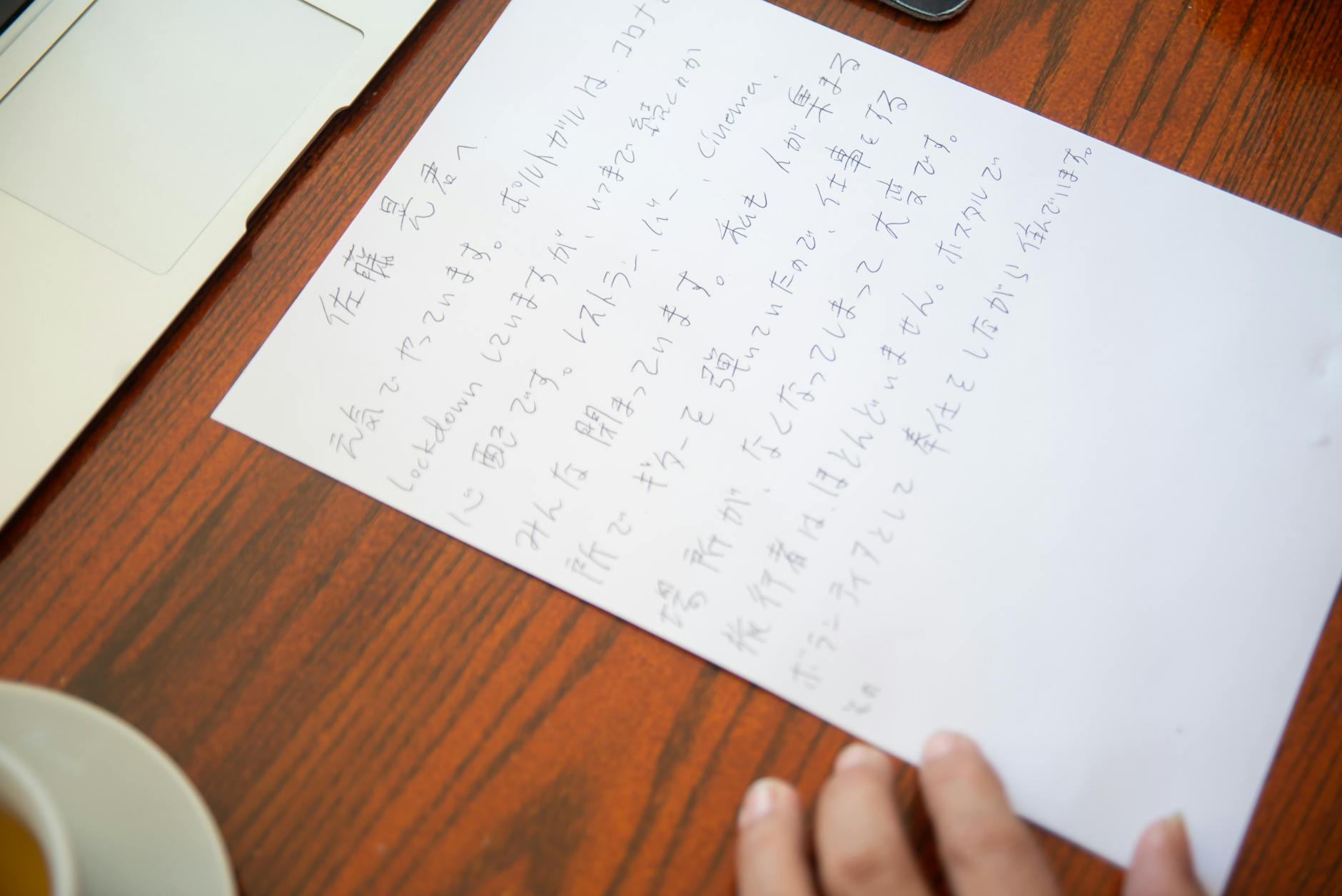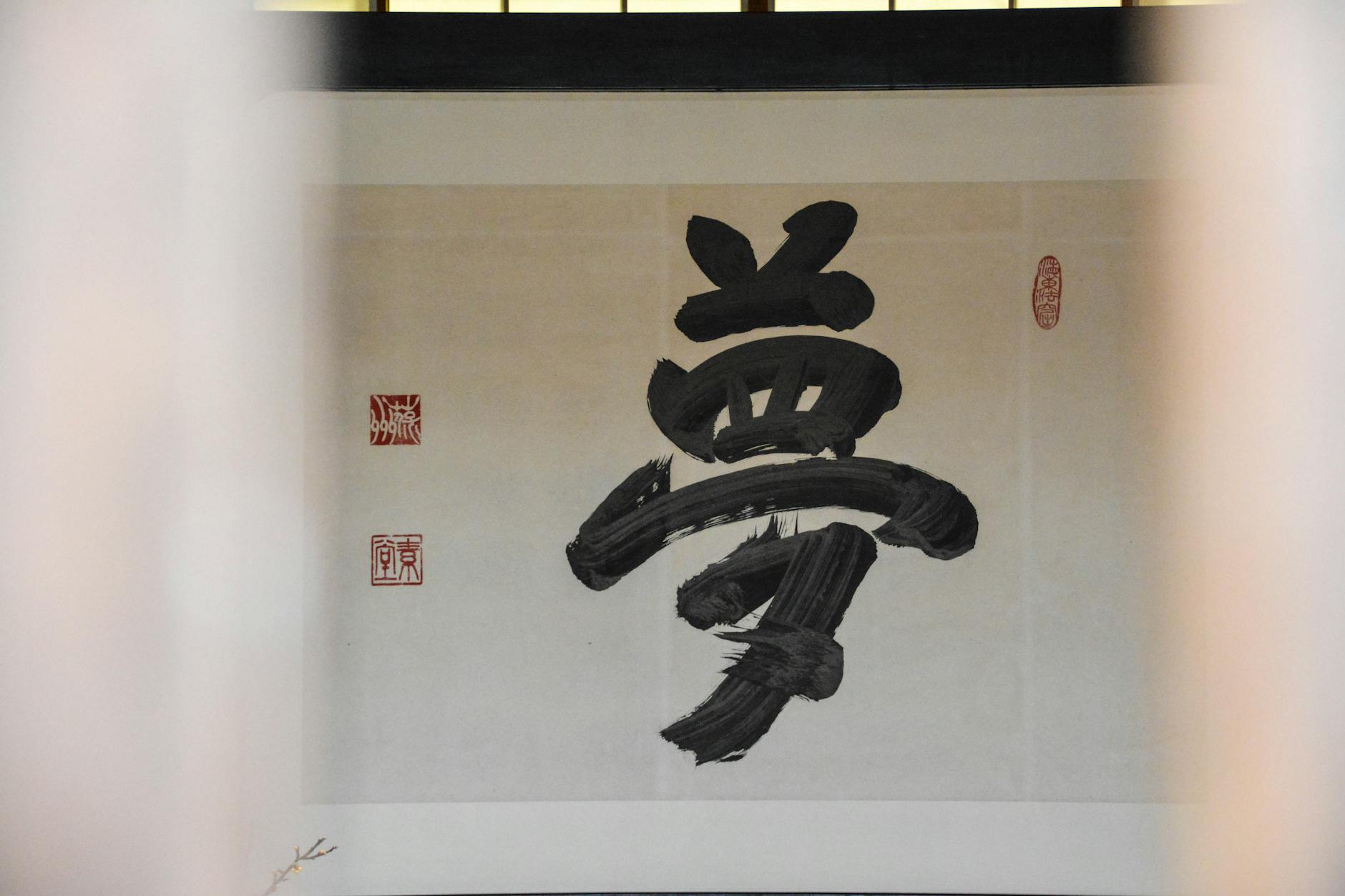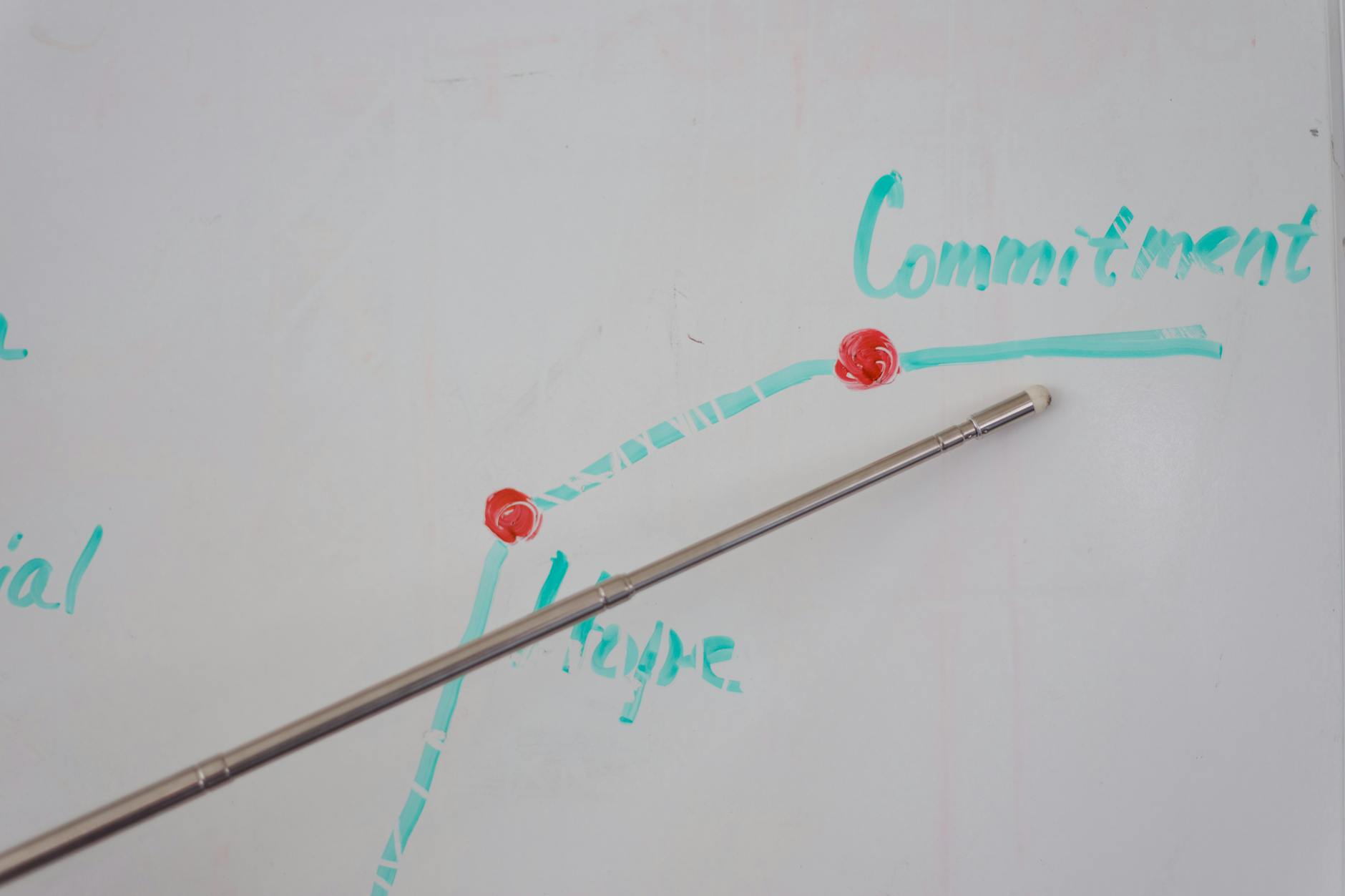Learning Japanese is no small feat, especially for English speakers. With a writing system unlike anything in the English language, a complex grammar structure, and thousands of characters to memorize, it’s no wonder many find it challenging. But despite these hurdles, the language offers a unique beauty and cultural depth that makes the effort worthwhile. In this post, we’ll explore the specific challenges of learning Japanese and share practical tips to help you overcome them.
The Complexity of the Japanese Writing System
The Japanese writing system is one of the most distinctive and intricate in the world. While most languages rely on one set of characters or an alphabet, Japanese uses three types of scripts: Kanji, Hiragana, and Katakana. Each script serves a unique purpose, creating a layered approach to written communication. For learners, this complexity can feel overwhelming. Let’s take a closer look at what makes these scripts challenging yet fascinating.

Understanding Kanji
Kanji, derived from Chinese characters, forms a significant part of the Japanese writing system. It’s arguably the most challenging aspect of learning Japanese, and for good reason. There are thousands of Kanji characters, each with unique meanings and multiple pronunciations depending on context.
Mastering Kanji often feels daunting because it’s not just about memorization. Imagine trying to associate individual pictures with both a sound and a concept—that’s what Kanji demands. To achieve fluency in reading and writing, learners need to know at least 2,000 characters commonly used in newspapers, books, and official documents.
Every character is like a miniature work of art, complex in stroke order and form. A missed stroke can change the character entirely, altering its meaning. This level of precision is rarely seen in alphabetic systems like English. However, despite its difficulty, understanding Kanji is critical. It enhances comprehension, as many words in Japanese carry nuanced meanings that Kanji helps convey more clearly than phonetic scripts alone.

Photo by Quang Nguyen Vinh
Mastery of Hiragana and Katakana
Unlike Kanji, Hiragana and Katakana are phonetic scripts, representing syllable sounds rather than whole ideas. Hiragana is used for grammatical particles, native Japanese words, and children’s books, while Katakana is commonly used for loanwords, onomatopoeia, and emphasis.
At first glance, these scripts appear simple—each consists of just 46 basic characters. But don’t be fooled. The challenge comes from consistent practice and recall, especially since both scripts are used extensively. For English speakers accustomed to a single alphabet, learning two syllabaries alongside Kanji can feel like juggling multiple projects.
Here’s an example: The word for “Japan” can be written as にほん in Hiragana, ニホン in Katakana, or 日本 in Kanji. Knowing when and how to use each script effectively requires experience and exposure, which can take years to develop.
The silver lining? Once you memorize Hiragana and Katakana, they stay the same—no complex stroke orders or undiscovered meanings lurking in the background. They’re your dependable allies in navigating written Japanese.
Blending the Writing Systems in Everyday Use
What makes reading Japanese especially tricky is the way all three writing systems are combined. A single sentence can have Kanji for nouns and verbs, Hiragana for grammar, and Katakana for borrowed words or emphasis—sometimes all at once. For example:
彼はジャズが好きです。
In English: “He likes jazz.”
Here’s the breakdown:
- 彼 (Kanji) stands for “he.”
- は and が (Hiragana) serve as grammatical markers.
- ジャズ (Katakana) represents “jazz,” a loanword.
- 好きです (Kanji + Hiragana) means “likes.”
Notice how each script complements the others, making written Japanese highly dynamic but also complex. For learners used to straightforward alphabets, this mix can easily cause headaches. It demands not only knowledge of each script but also an understanding of how they interact.
To make matters even more complicated, context determines script usage. A menu might favor Katakana for stylistic reasons, while literature leans heavily on Kanji. This adaptability is what makes Japanese unique, but it also means that there’s no one-size-fits-all rule when it comes to writing.
This structured yet intricate blend of Kanji, Hiragana, and Katakana is both a challenge and a defining feature of Japanese. It’s like solving a puzzle where each piece brings beauty and functionality to the whole language. Next time you see a sentence written in Japanese, you’ll have a deeper appreciation for how much goes into those seemingly simple characters.
Grammatical Structure and Sentence Patterns
Japanese grammar stands out as one of the most complex aspects of learning the language, especially for English speakers. Unlike English, which relies on a predictable subject-verb-object (SVO) order, Japanese takes a very different approach. Add to that the use of particles, honorifics, and varying levels of formality, and you’re dealing with a system that feels quite foreign. Let’s break it all down.
Word Order and Sentence Construction
Japanese sentences follow a subject-object-verb (SOV) structure, which feels upside down compared to English. In English, you’d say, “I ate an apple.” In Japanese, it’s structured as “I an apple ate” (私はりんごを食べました). The verb always comes at the end of the sentence, which can throw off learners who are used to more front-loaded patterns.
This inversion often leaves English speakers pausing mid-sentence while trying to figure out where to place key pieces of information. Imagine telling a story but always saving the action for last—it takes some getting used to. Not to mention, in Japanese, the subject is often implied and left out entirely if it’s already understood from context. For example, instead of saying “I’m going to the store,” you might just say “to the store go” (お店に行く).
In Japanese, context is king, and sentences are often constructed in a way that assumes the listener understands what isn’t being said. This can create confusion when you’re still learning the ropes. English speakers also tend to struggle because sentence construction in Japanese relies heavily on proper verb conjugation, which changes to indicate tense, politeness, or even mood. If grammar in English feels like a toolbox, Japanese grammar can feel like you’re trying to assemble something with an instruction manual written on unfamiliar terms.

Particles as Grammatical Indicators
Particles are tiny words like は (wa), を (wo), or が (ga) that glue Japanese sentences together. They aren’t just add-ons—particles tell you everything about how the pieces of the sentence relate to one another. They mark subjects, objects, directions, and even contrast or emphasis. Think of them like labels that clarify what’s what in your sentence.
Take this example:
- 私はりんごを食べました (Watashi wa ringo wo tabemashita)
Here’s how the particles work: - は (wa) marks “I” as the subject.
- を (wo) shows that the apple is the object being acted upon.
Simple enough? Maybe at first glance. The tricky part is that particles have multiple uses and can change meaning depending on context or placement. For instance, は (wa) contrasts one idea against another, while が (ga) emphasizes a specific subject. Choosing the wrong particle can lead to a sentence that’s technically comprehensible but completely wrong in nuance.
English learners don’t have anything quite like this. Sure, prepositions exist, but they don’t act as grammatical indicators with the same level of precision. To add another curveball, some particles add subtleties that are nearly impossible to directly translate. The particle ね (ne), for instance, is often added to the end of a sentence to invite agreement, like saying, “Right?” in English.
Learning particles is like learning to read between the lines. They’re small, but mastering their use separates textbook learners from fluent speakers.
Honorifics and Levels of Formality
Politeness in Japanese isn’t just about saying “please” or “thank you.” It’s woven directly into the grammar itself. The verb forms, sentence structures, and even the words you use change dramatically based on your relationship with the listener. Japanese places a heavy cultural emphasis on social hierarchy, meaning you can’t ignore honorifics if you want to communicate effectively.
At the heart of this system are different levels of speech: casual, polite, and honorific. For example:
- Casual: 食べる (taberu) – to eat
- Polite: 食べます (tabemasu) – to eat
- Honorific: 召し上がる (meshiagaru) – to eat
The same action—“to eat”—is expressed in very different ways depending on who is eating and who they’re eating with. Speak too formally among your friends, and you’ll sound odd or insincere. Use casual language in a business meeting, and you’ll come across as rude or disrespectful.
This isn’t just about memorizing vocabulary, though. You also need to grasp when and how to adjust your speech. For instance, verb endings like -ます or -です are added to elevate formality, while the absence of these markers signals casualness. Add in honorific prefixes like ご or お, and suddenly even something as basic as “thank you” evolves into layers of meaning ranging from neutral (ありがとう) to deeply respectful (ありがとうございます).
Honorifics don’t end with verbs—they also alter pronouns, nouns, and expressions entirely. Take the word for “I”—it could be わたし (watashi) in polite settings, ぼく (boku) for casual environments, or even おれ (ore), which has a much rougher, masculine tone. Choosing the wrong version can make you sound overly formal—or, worse, downright arrogant.
While these levels of formality can be intimidating, they’re deeply tied to how Japanese people interact. It’s less about following rules and more about showing respect, empathy, and social awareness. For learners, it’s like navigating an etiquette minefield, but with time, these distinctions can help you express yourself more naturally.
Japanese grammar might seem like a puzzle with too many pieces, but it’s this complexity that makes the language so fascinating. Once you grasp the patterns of sentence structure, particles, and honorifics, you’ll notice how much they reveal about Japanese culture and communication itself. Keep practicing—the payoff is well worth the effort.
Vocabulary and Pronunciation Challenges
When learning Japanese, many students quickly discover that building vocabulary and sounding natural aren’t as straightforward as they hoped. Japanese doesn’t just demand memorization; it challenges you to rethink how you process meaning and sounds. Below, we’ll break down these hurdles, offering clarity on why they’re so tough.

Learning Words with No English Equivalent
Some Japanese words have meanings or cultural ties that simply don’t exist in English. They’re not just vocabulary; they’re reflections of concepts and values embedded in Japanese culture. For example, have you ever tried to translate “wabi-sabi”? This single term captures the beauty of imperfection and impermanence, which is tough to express in a phrase, let alone a word, in English.
Here are a few more culturally specific terms that often cause learners to pause:
- Komorebi (木漏れ日): Refers to sunlight filtering through trees.
- Otsukaresama (お疲れ様): A phrase expressing gratitude for someone’s hard work, with no simple equivalent in English.
- Shinrinyoku (森林浴): Means “forest bathing” or spending therapeutic time in nature.
These words go beyond memorization. They require learners to grasp cultural context before these terms can feel meaningful or natural to use.
Even “simple” words like you (あなた) rarely translate directly. Japanese often favors situational substitutes, like using someone’s title or name instead of a pronoun, to maintain politeness. For English speakers, who rely heavily on straightforward pronouns, this unpredictability can feel confusing or overly formal initially.
Expanding your vocabulary means not just learning what these words mean but also why and how they’re used.

Photo by Kampus Production
Homophones and Minimal Sound Distinctions
If you’ve ever felt confused when two Japanese words sound exactly the same but have wildly different meanings, you’re not alone. Japanese is full of homophones—words pronounced the same way but written with different Kanji or possessing unrelated definitions. For instance:
- Kami (紙): Paper
- Kami (神): God
- Kami (髪): Hair
Good luck sorting those out without understanding their context! Mispronounce one, and you might accidentally tell someone that paper looks lovely when you meant to compliment their hair.
Complicating matters further, Japanese has a limited range of sounds compared to English. Many words differ by just a single vowel or consonant, so “sushi” and “zushi” may vary subtly depending on grammar rules or emphasis. These nuances often trip up beginners, especially since listening to a fluent speaker can feel like decoding rapid-fire gibberish until your ear adjusts.
Another subtlety? Japanese lacks certain sounds present in English, like the distinct “l” and “r” distinction. Instead, the language uses a sound that rests between the two, leading to the all-too-common “rice” vs. “lice” confusion in reverse when English-speaking learners tackle Japanese.
Pitch Accent in Japanese Pronunciation
If you think pronouncing the words properly is just about learning vowels and consonants, brace yourself: pitch accent is here to challenge that. Japanese pronunciation relies on word pitch to distinguish meaning, not stress like in English. This subtle rise and fall in tone can completely change the word you’re trying to say.
A common example is the word “hashi”:
- はし (high-low): Bridge.
- はし (low-high): Chopsticks.
Same spelling, completely different meanings. Without proper pitch, you can unwittingly ask someone to pass the bridge at dinner. The difference might not register at first because the Japanese pitch accent doesn’t feel as obvious as the stresses we instinctively use in English.
Unfortunately, pitch accent isn’t something that gets emphasized enough in standard textbooks. While learners can often get away with small pronunciation slips, sounding truly natural in conversations requires attention to this detail. That’s why spending time with native speakers or using pronunciation-focused tools is essential for mastering this skill.
In day-to-day practice, words and phrases might only slightly shift in pitch. But in a fast-paced conversation, the rise-and-fall quality determines how fluent you appear, even if your grammar is perfect. Pitch accent isn’t just about sounding good—it’s about being understood clearly.
Each of these challenges makes speaking Japanese feel like balancing on a tightrope. Your vocabulary might shine, but without proper pronunciation, your meaning could wobble—and fall completely.
Cultural and Contextual Nuances in Language Use
Understanding Japanese isn’t just about learning vocabulary or grammar; it’s about seeing the world through a cultural lens. How people express themselves in Japan is deeply tied to traditions, social expectations, and unspoken rules. For learners, this context can make even simple conversations tricky. Below, we’ll break down three major cultural factors that make mastering Japanese harder but also more rewarding.
Indirect Communication Styles
In Japan, straightforward communication isn’t always the norm. Instead, conversations often include subtle hints or implied meanings. This indirect style reflects a cultural value of maintaining harmony and avoiding confrontation. While this approach promotes politeness, it can leave language learners scratching their heads.
For example, instead of directly saying “No,” someone might say, “It might be difficult…” or “I’ll think about it.” These phrases may sound neutral, but they often convey a negative response. Misinterpreting such subtleties could lead to social misunderstandings or even embarrassment.
As a learner, grasping implied meanings means paying close attention to tone, phrasing, and context. It’s a skill that comes naturally to native speakers but requires conscious effort for newcomers. Imagine trying to solve a verbal puzzle every time someone speaks—decoding intent becomes an essential part of communication.
If you’re studying Japanese, ask yourself this: How well can you read between the lines of what’s being said? Over time, you’ll find that understanding indirect speech is less about language rules and more about cultural intuition.

Non-Verbal Communication and Context Dependence
Japanese is a language where words don’t tell the whole story. Context and non-verbal cues fill in the gaps, requiring a learner to notice subtle details beyond what’s spoken. Body language, facial expressions, and social settings play a huge role in delivering meaning.
For instance, consider how someone might use silence during a conversation. In Japanese culture, silence can speak volumes—it often conveys agreement, understanding, or even disagreement depending on the situation. For Western learners used to filling gaps with words, interpreting silence correctly can be confusing.
Additionally, many sentences in Japanese leave out the subject entirely. Instead of explicitly stating “I” or “you,” the speaker assumes the context makes it obvious. While this approach simplifies grammar, it creates significant challenges for anyone unfamiliar with the environment or relationship dynamics.
Imagine walking into a conversation halfway through and trying to figure out the topic. That’s often how it feels for learners navigating Japanese conversations. The language assumes shared understanding, so missing key cultural information can feel like piecing together a tough jigsaw puzzle.

Photo by 彥荏王
Dialects and Regional Variations
Japan may seem small geographically, but the linguistic diversity within its borders is staggering. There are dozens of regional dialects (方言, hōgen), each complete with unique vocabulary, accents, and even grammar rules. This variety means that learning standard Japanese (標準語, hyōjungo) doesn’t necessarily guarantee smooth communication across the country.
Take Kansai dialect (関西弁, Kansai-ben) as an example. While standard Japanese might use ありがとう (arigatō) for “thank you,” in Kansai, you’re likely to hear おおきに (ōkini) instead. Similar differences appear in sentence endings, verb conjugations, and pronunciation.
Add other regions like Tohoku, Kyushu, or Okinawa, and you’ll encounter a mix of expressions that don’t always overlap with standard Japanese. Learners might feel like they’re learning an entirely new language every time they visit a different part of Japan.
Why does this matter? For those focusing solely on textbooks, these variations can come as a surprise. It’s like mastering British English but struggling to understand Cockney slang or Scottish accents. To truly thrive in Japanese, exposure to different dialects is crucial—movies, local podcasts, or travel can provide this variety.
Regional language quirks also reveal fascinating cultural differences. Whether it’s the relaxed, warm tone of Kansai-ben or the softer, more reserved nature of Tohoku dialects, the local speech reflects each area’s personality and traditions. For learners, embracing these linguistic variations adds depth to cultural understanding while offering plenty of fun challenges.
Cultural context isn’t just an extra layer of Japanese—it’s embedded in how the language functions. From indirect speech to regional dialects, these aspects challenge learners to go beyond memorization and engage with the culture on a deeper level.
Time Commitment and Retention Strategies
Learning Japanese is not a sprint—it’s a marathon that requires persistence, discipline, and smart strategies. For many learners, the difficulty isn’t just the language itself but also the time and energy needed to commit to consistent study. Retention also poses a challenge, with thousands of Kanji characters, vocabulary words, and unique grammar points to keep straight. In this section, we’ll explore effective ways to structure your study habits, strengthen memory, and immerse yourself for long-term success.
Consistency in Study Habits
Success in learning Japanese hinges on building consistent daily habits. Trying to cram on weekends or only studying when you “feel like it” won’t get you far. Developing a language is like planting seeds—it requires daily care to grow effectively.
- Daily Practice Works Better Than Occasional Marathons: Spending even 20–30 minutes a day on focused review is far more effective than trying to study for hours all at once, only to burn out. Why? Your brain needs time to process and retain information.
- Set Realistic Goals: Don’t overwhelm yourself thinking you need to learn 50 new words a day. Start with modest goals, such as practicing 5–10 flashcards daily or mastering one Kanji character each morning. Small victories eventually lead to big wins.
- Stay Organized: Use tools like planners or apps (such as Anki or Wanikani) to track your progress. Break down large goals into smaller, actionable steps. For example, instead of saying, “I’ll learn Kanji,” decide to tackle five characters from the N5 list today.
Procrastination is often fueled by feeling overwhelmed. By presenting yourself with specific, achievable tasks, you’ll create positive momentum to stay consistent and motivated.

Photo by RDNE Stock project
Using Mnemonic Devices for Retention
Memorizing Kanji, grammar points, and vocabulary can feel impossible without reliable strategies. That’s where mnemonic devices come into play—they’re essentially shortcuts for your memory. Mnemonics turn abstract concepts into vivid, memorable stories.
- Kanji: Many learners use mnemonics to break down Kanji into their component radicals (small parts that make up the character). For example, the Kanji for “rest” (休) contains the radical for “person” (亻) and “tree” (木). Imagine a person leaning against a tree to rest, and suddenly the character sticks in your mind.
- Vocabulary: Pair similar-sounding Japanese words with English phrases or absurd imagery. Want to remember that the word for cat is “neko” (猫)? Picture a cat on a boat loudly singing “neko-neko-neko!”
- Grammar: Create associations between grammar forms and specific visual images. For instance, to remember that “-nai” conjugation makes something negative, imagine a stop sign with an exaggerated “n’ai” scrawled across it.
Mnemonics work best when they’re strange, funny, or exaggerated. The sillier they are, the easier they stick. The good news? You don’t have to invent these on your own. Resources like “Remembering the Kanji” by James Heisig or apps like Kanji Study often provide pre-made stories.
Immersion and Practicing with Native Speakers
Nothing accelerates language skills like immersion. Surrounding yourself with Japanese in everyday life exposes you to real-world usage and helps bridge the gap between textbook knowledge and practicality. Even if you can’t live in Japan, there are still creative ways to build immersion into your routine.
- Make Japanese Part of Your Day: Label items around your house in Japanese, switch your phone’s language settings, or listen to Japanese podcasts while commuting. These small tweaks keep you engaged with the language without feeling like extra work.
- Watch and Listen: Whether you love anime, dramas, or movies, consuming Japanese media gives you exposure to conversational patterns. Use subtitles at first, but eventually challenge yourself to follow the dialogue without relying on them.
- Connect with Native Speakers: Platforms like HelloTalk, Tandem, or conversation meetup groups can help you connect with native speakers. Language exchange is a fantastic way to improve speaking skills. They’ll help you correct pronunciation and share cultural context that textbooks often miss.
Speaking regularly is key to fluency. Treat these interactions as opportunities to build confidence. Think of every conversation, even with mistakes, as a stepping stone toward your goal. Over time, you’ll notice these real-life improvements make retention easier too—what you practice sticks around.
Immersion isn’t just about living in Japan—it’s about recreating an environment where Japanese feels like part of your natural surroundings. From consistent practice to interactive exchanges, these strategies form the foundation for both commitment and retention.
Conclusion
Learning Japanese is undeniably challenging, but it’s far from impossible. The unique writing systems, complex grammar, and cultural nuances may seem intimidating at first. However, with consistent practice, clever study techniques, and real-world immersion, these hurdles become manageable.
Instead of focusing on how difficult Japanese is, embrace the small victories—mastering new Kanji, holding a conversation, or recognizing a word in a show. These milestones add up quickly.
Remember, progress doesn’t happen overnight. Stay patient, break your goals into smaller steps, and keep going. The effort you put in will reward you with a deeper connection to the language, its people, and its culture.
What’s the one challenge you’re ready to tackle today? Share your thoughts or tips in the comments—we’d love to hear from you!








